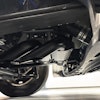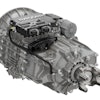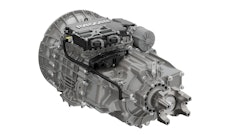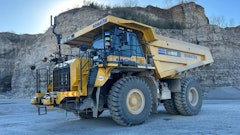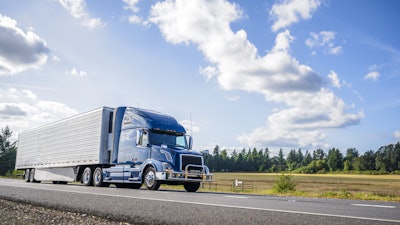
Preliminary North America Class 8 net orders in December were slightly lower than November, but higher than December 2019. This helped end 2020 on a high note for the market.
FTR reports preliminary Class 8 orders for December reached 52,100 units, just 700 units lower than November. It puts total 2020 orders at 283,000 units.
Meanwhile, ACT Research reports December orders at 50,900 units; orders for Classes 5-7 reached 35,100 units which was an increase of 28% from November and 73% higher than December 2019.
Both research firms say December 2020 activity was the fourth highest ever. Complete data from both firms will be available at the end of January.
According to FTR, the industry is entering 2021 on a high note due to robust freight growth, elevated freight rates and rising fleet profits. Consumer-based freight remains a vibrant portion of the industry, and FTR says there are indications manufacturing activity is beginning to accelerate, as well.
Don Ake, Vice President of Commercial Vehicles for FTR, comments, "The Class 8 market ended the most challenging year with a bang. To get two back-to-back order months over 50,000 is a stellar accomplishment, after previously seeing orders crater to under 5,000 units in April. Now, 2021 has the potential to be an incredible recovery year.
“As the economy continues to improve, fleets are showing increasing confidence about business conditions in 2021. Profits are more than sufficient to replace used trucks and freight growth is stimulating expansion demand. Put those dynamics together, and the industry is headed toward a robust year.
"Everything right now is headed strongly in a positive direction," continued Ake. "Consumer goods remain vibrant. The manufacturing sector is showing definite signs of strength after struggling last year. The second stimulus will pump more money into the economy and accelerate the recovery. The vaccine is expected to get more people back to work and provide an economic boost. And the fleets are responding to this wave of good news by ordering trucks in near-record numbers. After being slowed significantly by the pandemic, the Class 8 market is roaring ahead at a rapid rate."
"The pandemic-impacted economy continues to play into the hands of trucking, as consumers continue to substitute spending on services with spending on goods, even as the manufacturing sector begins to ramp," said Kenny Vieth, ACT’s President and Senior Analyst. "Simultaneously, the driver supply remains constrained and that supply-demand imbalance is reflected in rate data. With strong freight volumes, drivers in short supply, rates surging and carrier profits certain to follow, the precise recipe for surging new vehicle demand, which continued in December, is created."
Regarding the medium-duty market, Vieth commented, "There is a symbiotic relationship between heavy-duty freight rates and medium-duty demand. Clearly, the shift in consumer spending from experiences to goods has been good for the providers of local trucking services as e-commerce has grown by leaps and bounds during the pandemic."
Strong freight markets drive commercial vehicle build rates
ACT's recently published North American Commercial Vehicle OUTLOOK shows build rates for commercial vehicles were greater than expected in November 2020. This has increased the firm's commercial vehicle demand expectations.
According to Tim Denoyer, ACT’s Vice President and Senior Analyst, "If you don’t work in a consumer facing economic sector, there is much to like about the current U.S. economic outlook." He added, "In a nutshell, the sectors that are propelling the economy forward are those with the greatest contribution to freight, and many of those sectors are just starting to ramp into multi-year growth cycles.”"
Denoyer continued, "A favorite ACT axiom is, ‘fleets buy equipment when they make money,’ and we think truckers will generate record profits in 2021."
He explained, "That said, the list of known unknown risks has grown longer recently, including the post-holiday rise in COVID cases, a slower-than-expected roll out of the vaccine, supply chain shortages in steel and microchips, and even the peaceful transfer of power."


